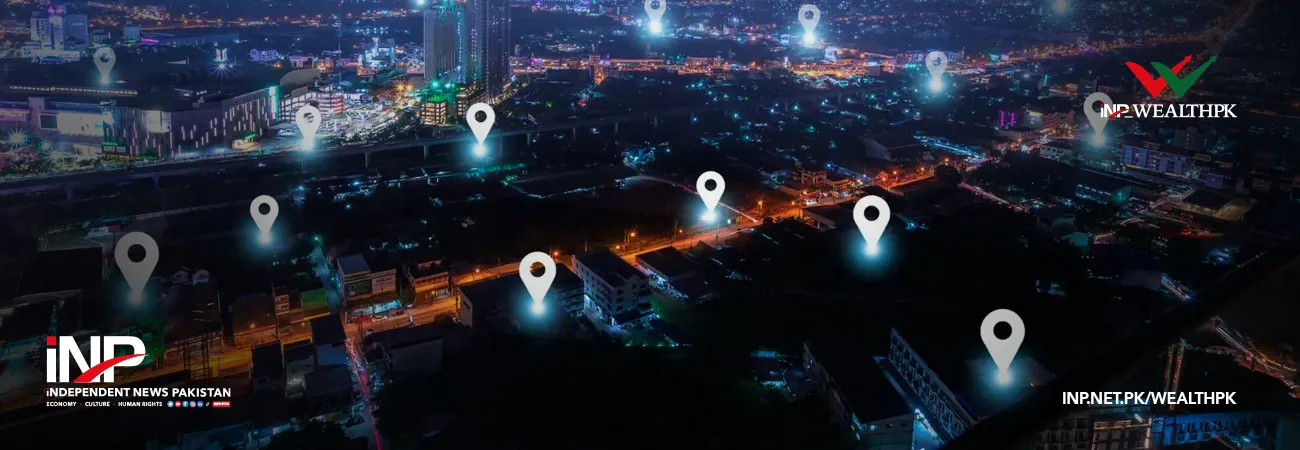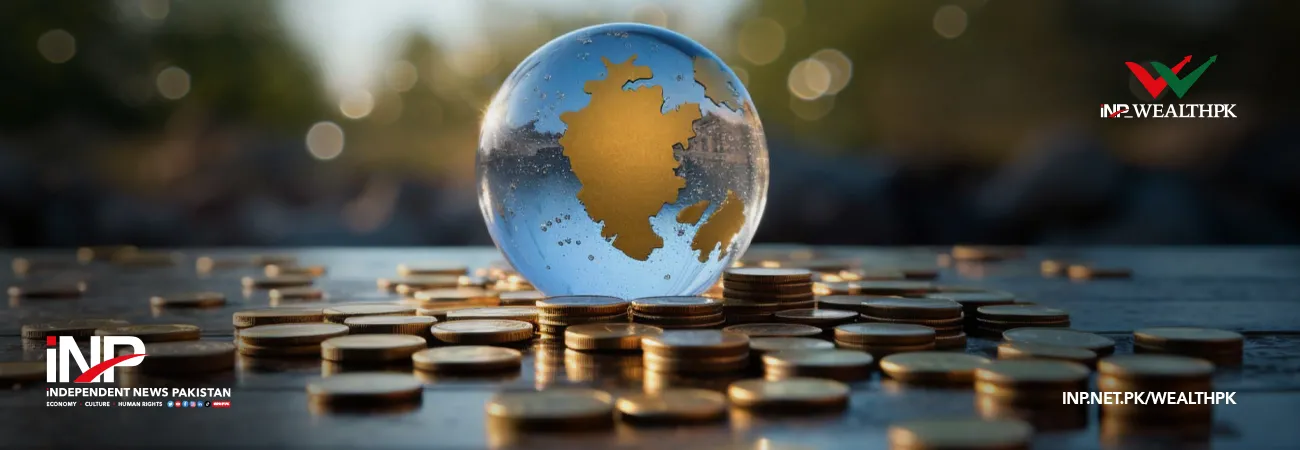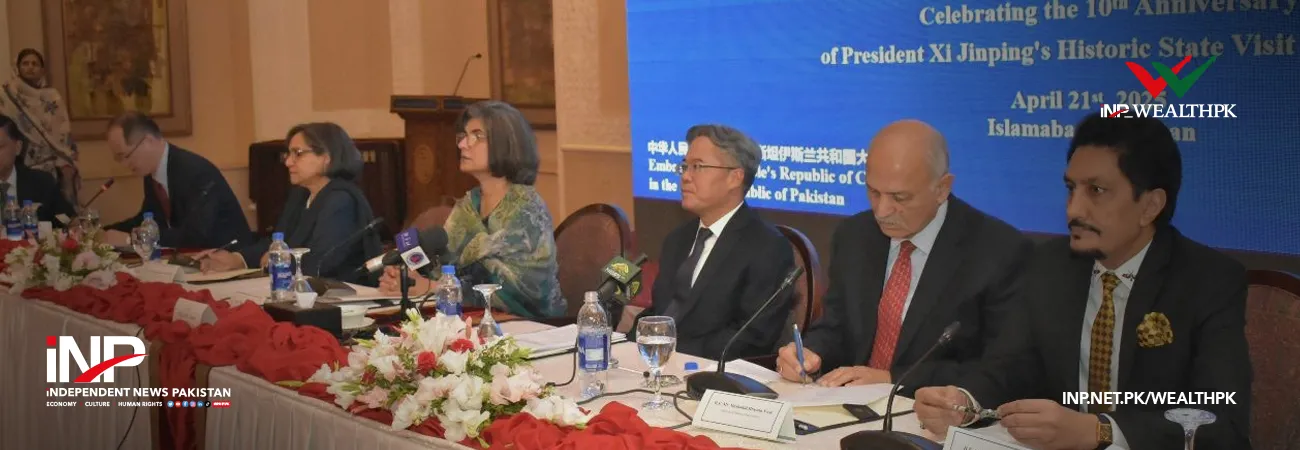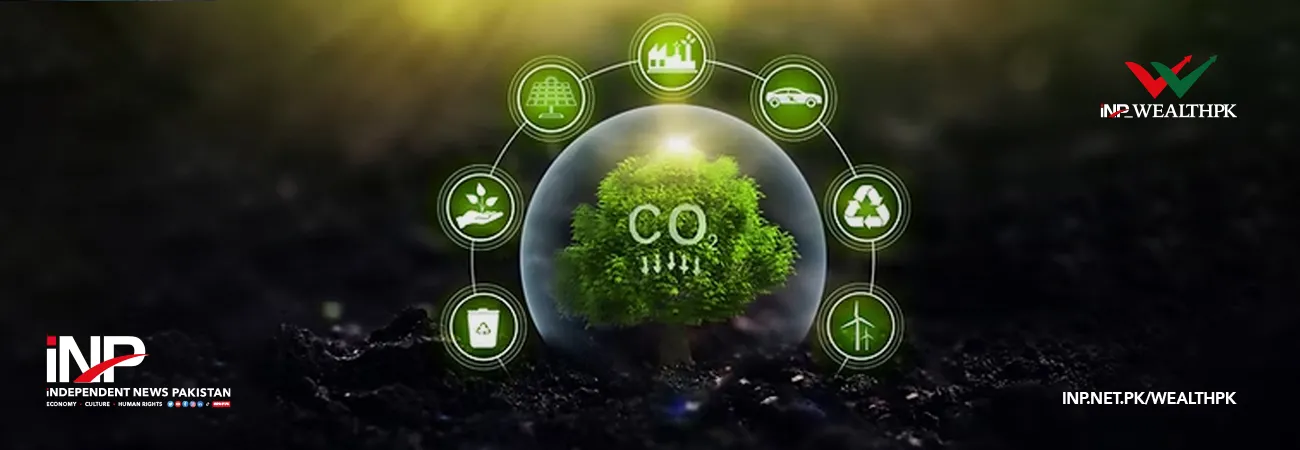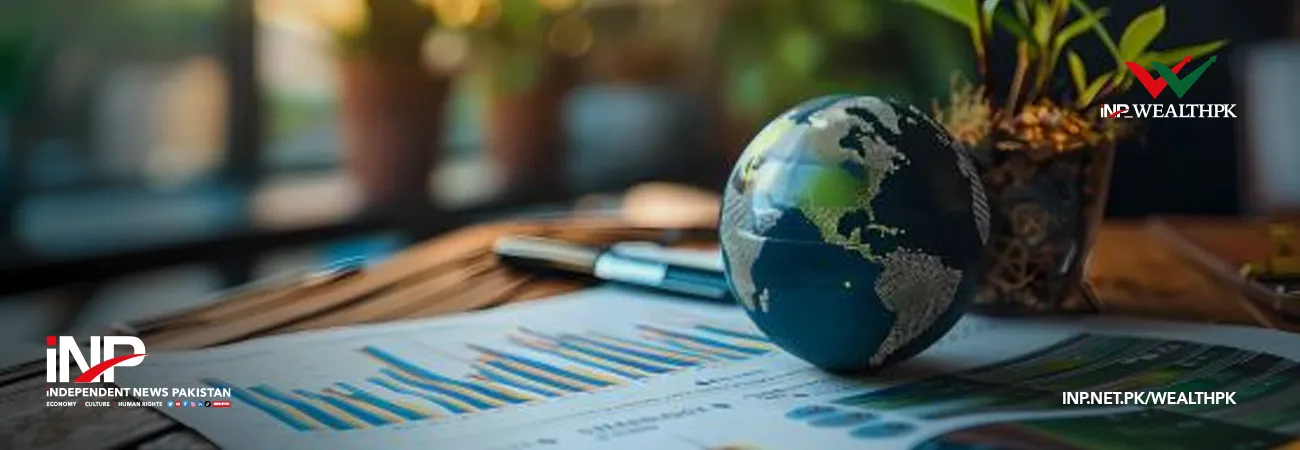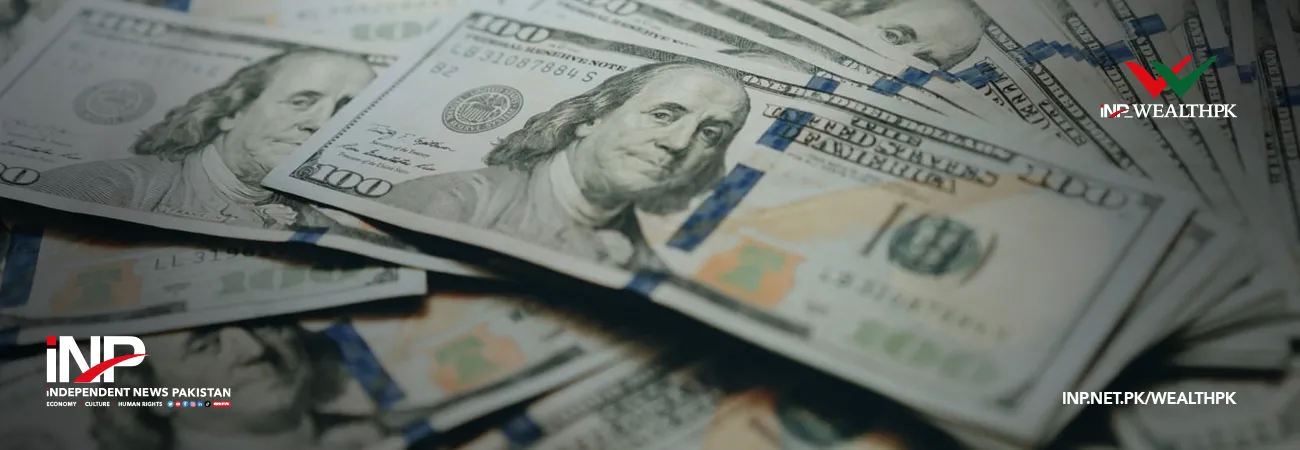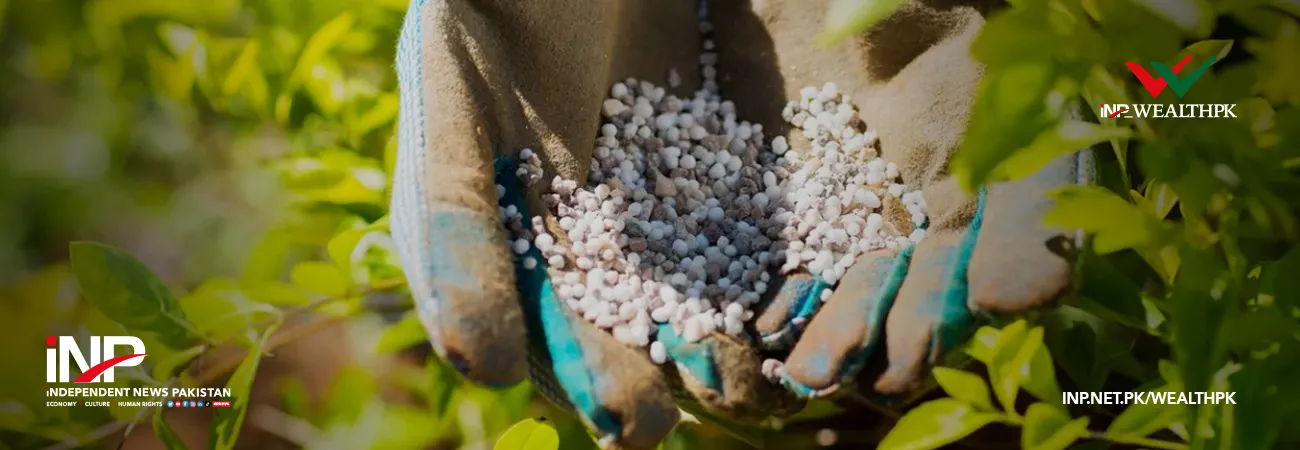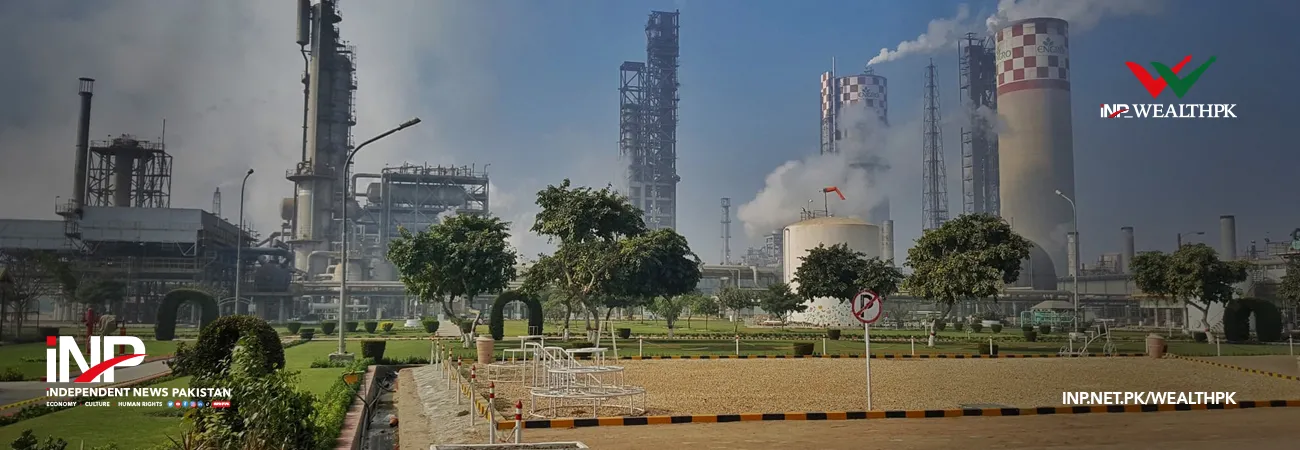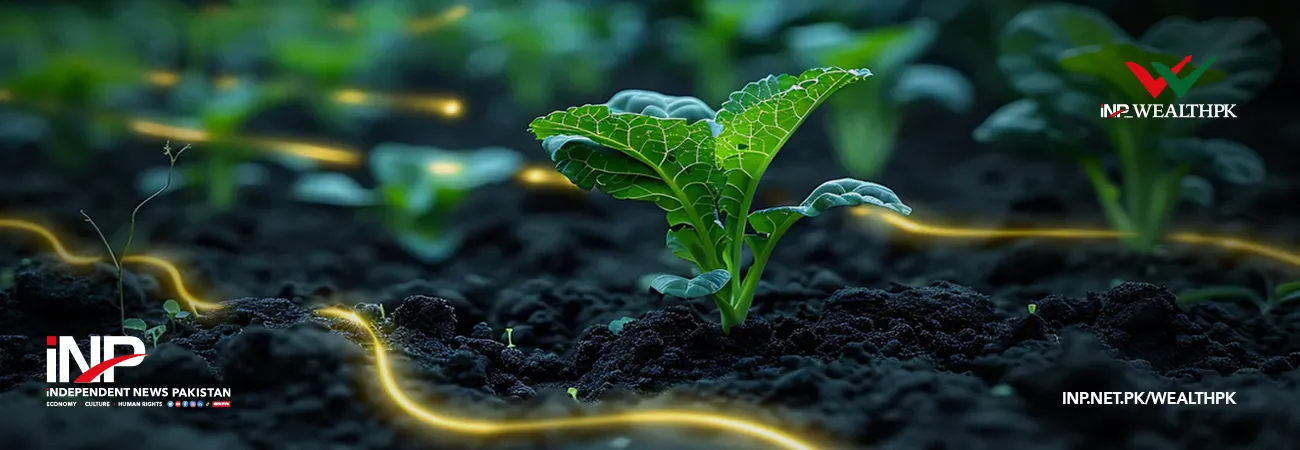INP-WealthPk
Faiza Tehseen
Promoting urban tourism can serve as a catalyst for sustainable city development and cultural conservation in Pakistan.

“Tourism activities taking place within cities and urban spaces are referred to as urban tourism. Such activities are often characterised by a city’s non-agricultural economy, based on its diverse range of cultural, architectural, and natural experiences. Known for driving economic growth, urban tourism needs to be developed to promote entertainment venues, business activities, eco-friendly surroundings, leisure, shopping, and trade,” noted Aftabur Rehman Rana, Managing Director of the Pakistan Tourism Development Corporation (PTDC).
Speaking exclusively to WealthPK, he said that major cities in Pakistan, including Lahore, Karachi, Multan, and Peshawar, are not only commercial hubs but also cultural destinations rich in traditions, heritage, and historic architecture. “So, a multi-pronged strategy needs to be developed to promote urban tourism.” “Urban planners, non-government organisations, community-led initiatives, and private sector involvement can play a key role in this regard.
Improved tourist infrastructure and the conservation of historical sites will attract a significant number of both local and foreign tourists,” Rana said. Discussing with WealthPK the importance of transforming cities into tourism hubs, Gul Hassan, Administrator of the Sindh Tourism Development Corporation (STDC), said: “If approached holistically, urban tourism can be a powerful engine for Pakistan’s economic and cultural development.
With thoughtful planning, our cities can be turned into world-class tourist destinations. In doing so, we will not only preserve the past but also invest in the future.” He said that the indigenous, colonial, and Islamic heritage clusters in Karachi make it a unique and diverse cultural hub. “Urban renaissance through the restoration of old town precincts—Saddar, Frere Hall, Burns Road, Food Street, and Empress Market—is crucial to reviving the city’s glorious past.”
However, he emphasised that urban tourism must be carefully planned and managed to avoid traffic congestion, over-commercialisation, and the displacement of local communities. “Infrastructure gaps and waste management are also important issues that need to be addressed.” Hassan said: “Special pavements should be constructed for guided street art tours and architectural walks. To share folk tales, digital storytelling projects should also be arranged to attract global tourists.
A nationwide urban heritage trail campaign can help raise awareness about the importance of urban tourism. It will not only diversify the tourism portfolio but also generate new jobs, trade, and business opportunities.” “Focusing on lesser-known but historically significant places, local guided tours should also be included in regular tour packages, adding more value to the visitor experience.
Tourist visits using eco-friendly vehicles will also enhance the tourism plan,” Hassan stressed. He said that major cities in Pakistan possess historical value and architectural assets. “A little attention to their renovation and conservation can turn them into top tourist destinations.” The global urban tourism market was valued at $7.2 trillion in 2025 and is expected to reach $11.39 trillion at a compound annual growth rate of 6.3% by 2032.
Credit: INP-WealthPk



